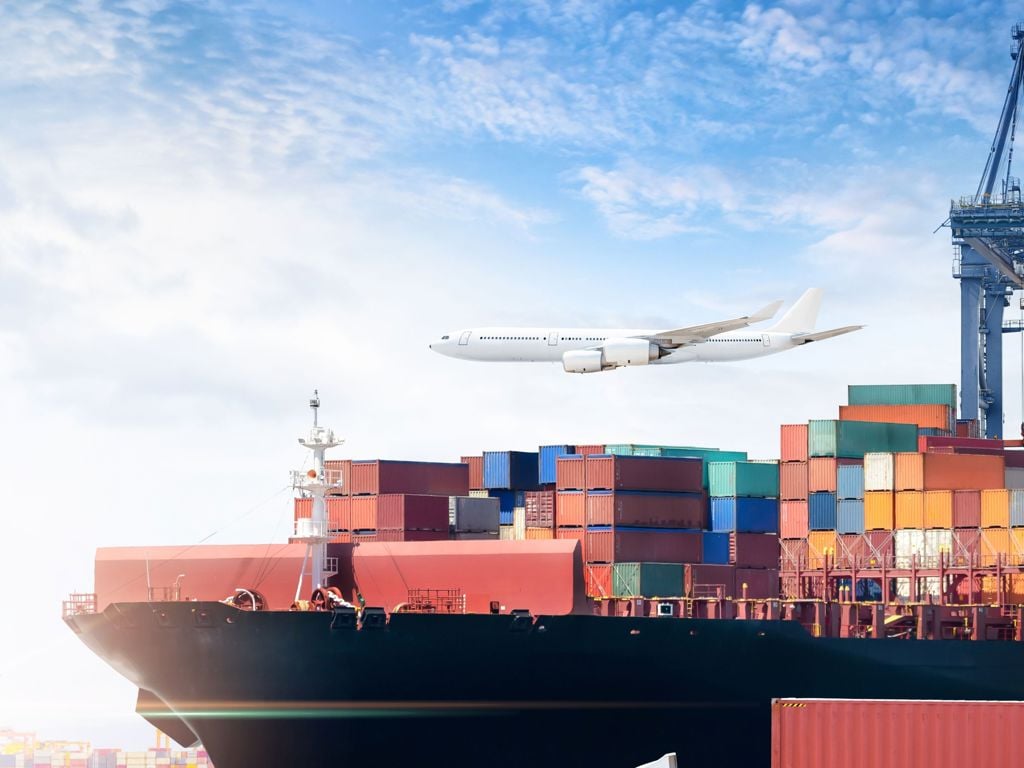Articles
Gain fresh perspectives and actionable strategies to drive your business forward. Our articles offer expert insights into emerging trends, industry challenges, and the groundbreaking innovations impacting the industry. As leaders in the pharmaceutical supply chain, we understand the complexities you face. We are committed to sharing knowledge that drives innovation, enhances efficiency, and ensures success.
-

Mpox outbreak: How cold chain logistics are crucial in the global response
The world is witnessing the rapid spread of a dangerous strain of mpox, known as Clade 1, across two continents. This spread has highlighted the critical need for effective vaccine distribution, especially to some of the most challenging locations. Cold chain logistics is a vital component in getting vaccines to those most in need quickly, efficiently and in optimal condition.
Learn more -

Logipharma 2024 Insights: Building Resilient Pharmaceutical Supply Chains
Centred around the urgent need for supply chain resilience, particularly in the context of current global geopolitical tensions, we wanted to highlight some of our key takeaways from the presentations and panel discussions at Logipharma 2024 about how to ensure uninterrupted access to life-saving medicines and vaccines globally.
Learn more -

Clinical Trial Transformation: Recent Changes and Future Predictions
Clinical trials play a pivotal role in advancing medical research, improving patient care, and are an essential part of new drug development. In recent years, clinical trials have undergone significant changes driven by technological advancements, regulatory shifts, and a growing emphasis on patient-centricity.
Learn more -

Pharmaceutical shipments amid Red Sea tensions
The shipping industry has faced huge challenges over the past five years, from a pandemic to severe international conflicts, each demanding innovative solutions.
Learn more
Since November last year, the industry’s resilience has been tested again, this time by continuous Houthi attacks in the Red Sea. These assaults and resulting disruptions pose severe challenges, not just to the ships and their cargo. They threaten the timely delivery of life-saving pharmaceuticals worldwide. -

2024 predictions for the pharma cold-chain evolution
The global pharmaceutical logistics sector is at the heart of a health revolution. As diseases evolve and the demand for treatments rises, this industry, valued at $80 billion in 2023, is set to skyrocket to over $185 billion by 2032[1] . This growth mirrors the surge in pharmaceutical innovation, spanning from everyday vitamins to groundbreaking therapies.
Learn more -

Insights from our Airline Partners on the Evolving Air Cargo Market in 2023
For the global air cargo market, staying ahead of the curve is crucial. As we approach the end of 2023, we have gathered insights from some of our key airline partners to shed light on some of the factors currently driving the market, the challenges and opportunities that have shaped the industry in the past year, and their predictions for the upcoming year.
Learn more -

Ocean Freight or Air Freight – which is the right choice for you?
When it comes to transporting temperature sensitive pharmaceuticals, shippers are increasingly considering ocean freight as an alternative to air transportation because of its perceived cost-effectiveness and environmental friendliness. However, the reality may surprise you.
Learn more -

Understanding the Complexities of Shipping Rare Disease and Orphan Drugs
Rare and orphan diseases affect a relatively small number of individuals within the global population (less than 200,000 people in the US or less than 5 in 10,000 people in Europe). Due to the high costs associated with research and development and a limited patient pool, companies developing such products often incur a financial loss, and so the pharmaceutical industry has been forced to neglect many rare diseases.
Learn more -

Navigating Global Customs: Key Considerations for Pharmaceutical Manufacturers
The pharmaceutical industry plays a critical role in global healthcare, producing life-saving medications and treatments that are distributed worldwide. When it comes to shipping pharmaceutical products across international borders, navigating customs regulations can be a complex part of the process – countries need to regulate the movement of goods across international borders while balancing various interests, including trade facilitation, security, and public health.
Learn more -

Spotlight on Mexico
As we look back on 10 years in Mexico, we asked the question – just how has the pharmaceutical market changed over the last 10 years – and what is to come?
Learn more
1 - 10 of 10